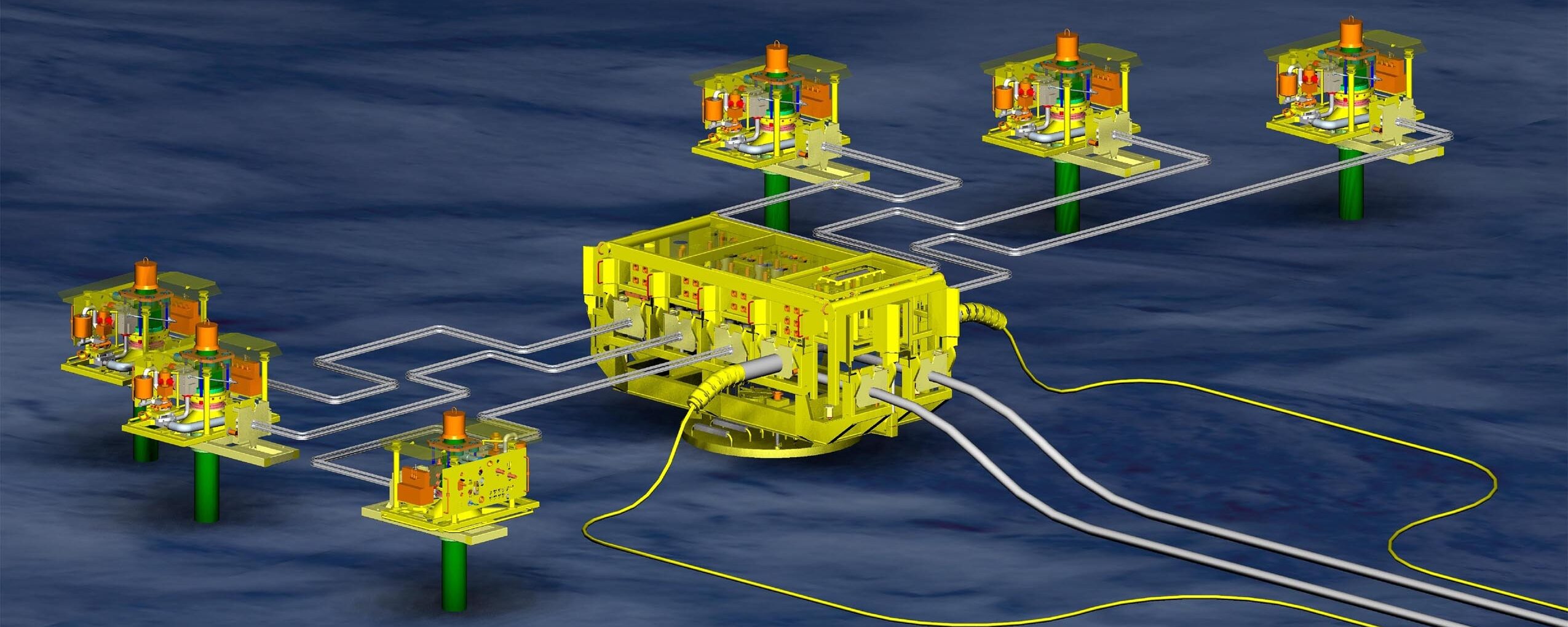I hope that you have all been watching the latest episodes of the Norwegian drama series, State of Happiness, about the early days of the oil industry there. I worked out that this third series must have been set in and around 1988 as it was mentioned several times that the Gullfaks B platform had just been installed and those years equated.
There were several significant points of interest. Firstly a 420m test dive by Nyman Diving – I think this is meant partly to be based on Stena Diving, but with events involving other companies mixed in – for Shell in anticipation of the development of the Troll field. I have to admit that I don’t remember that event specifically, but what I do remember is when the Norwegian Petroleum Directorate, or the OD, reduced the diving limit from 320m to 180m. That was a gamechanger in Norway with so many fields even then in waters well beyond 300m and many more to come. It drove the Norwegian operators and contractors – and thus developments – into the realm of ROVs and ROTs – remotely operated vehicles and tools – and into higher capital expense in the first instances.
The initial use, I believe, of the ROT was at TOGI – Troll Oseberg Gas Injection – by Norsk Hydro in 305m for the tie-in of the pipeline. If I remember, it was not initially successful due to fouling of the tie-in clamp, but it also proved the skill of Norwegian engineers who sorted out a cleaning system that allowed the tie-in to be completed eventually.
The other big technical issue mentioned as part of the script was the removal of personnel from the drillfloor by remote control of the roughneck and drilling derrick. This may have been an issue 25 years ago, but I don’t think the reality came for some time. I checked back and a fully remote controlled drillfloor including a drilling robot did not come in until 2016, although there were earlier stages. In 1999, the drilling rig for Oseborg Sor was pretty close sans the drilling robot.
It is just intriguing to watch a programme in which you were heavily involved or at least knowledgeable about. Of course there are the fictionalised characters, interpersonal activities and altered events, but if you consider the reality of what Statoil, Shell and Phillips Petroleum were doing then, one can accept the bit of fiction.
**********
It is with some difficulty I feel the need to mention the passing of Alistair Birnie for a number of reasons. He was a well known subsea controls specialist, notably with various incarnations of Aker. He was engineeering manager of Aker Kvaerner in the late 1990’s and later head of subsea controls R&D with Aker Solutions in the mid 00’s, before taking over as head of Subsea UK for three years (2008-11) after David Pridden. He also was involved in many industry organisations including OPITO and ITF, but he was also younger than me which makes reporting on such events very hard. RIP.
**********
As a journalist, it is always a slippery slope to criticise other publications, but I could not help but have a chuckle this morning when my daily Upstream newsletter appeared. FYI this is a free circulation that does not offer much beyond photos and headlines. The three photos were of the head honchos of Woodside, PTTEP and Saudi Aramco, all with both their hands out as if they were grabbing a pot of gold. Pretty appropriate.
**********
I feel the need to make some sort of mea culpa to all of the readers of my blog. Last year I thought that I needed to – and here is a horrible modern term – ‘monetise’ my published meanderings. So I signed up to Google ads. Ugh! It was horrible, ugly and distracting for the readers. The ads are now gone and you can read my missives – and curse me if you like – without having to hold onto your wallets. Just in case I decide not to hit the keyboard again before the end of the year, have a great holiday season and try not to think too much about the appalling state of the world. L’chaim!
